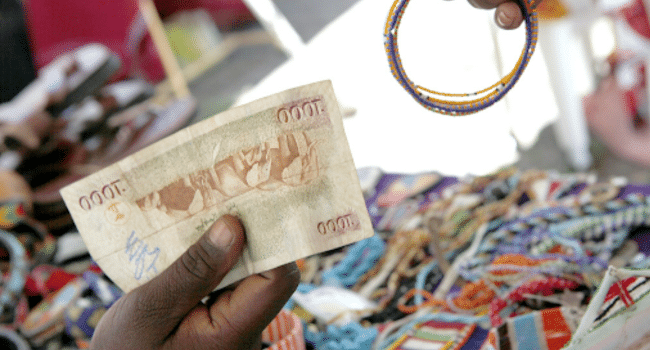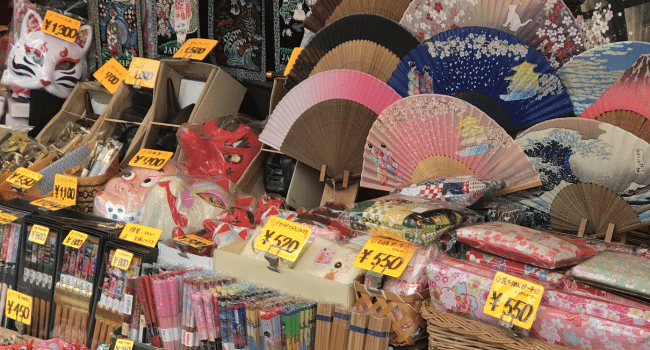Table of Contents
Supplies
It’s time to gather your supplies and unleash your creativity, because the world of crafting is brimming with potential for amazing profits. With so many crafts to make and sell on the internet, first you’ll want to ensure you have all the necessary materials and tools to bring your artistic visions to life. This is where the answer to the question of price starts to build up.
From wall art and Christmas ornaments to papercrafts and reclaimed wood home decor, there’s no shortage of possibilities when it comes to making money from your creative talents. To start, you’ll need some basic craft supplies like canvas, paint brushes, paper, scissors, glue, markers, sandpaper, molds, and essential oils.
- If you’re planning on creating sustainable home decor or working with reclaimed wood, investing in a good quality glue gun will be essential as well.
- For those interested in needle felting or macrame projects, make sure you have wool roving or cord/rope handy along with felting needles or wooden dowels.
- Upholstery projects will require fabric and foam padding while homemade clothing will need a sewing machine and thread.
As you embark on the exciting journey of crafting for sale, keep an eye out for current trends and pricing on platforms like Etsy and Handmade Amazon, or at local craft fairs. This can provide valuable inspiration as well as insight into what’s selling well and at what price. Remember that seasonality plays a role too – for example, consider offering unique holiday-themed items during respective peak times.
Marketing strategy
To take your craft business to the next level in 2023 you definitely need some sort of marketing strategy that’ll get your creations noticed and boost sales. Whatever you do, from selling handmade holiday decorations to PS5 HDMI repair, your business needs marketing like air.

(Source)
First, focus on building a brand and crafting a unique value proposition that resonates with your target audience. This will help you stand out from the competition and attract customers who appreciate your style, quality, and creativity.
- Use social media platforms, influencers of appropriate level, maybe even email marketing campaigns to reach potential customers and showcase what makes your crafts special.
- Next, don’t underestimate the power of attending craft fairs and creating a professional website to present your products. These platforms can give you an opportunity to engage with customers face-to-face or online while displaying your work in the best possible light.
- To keep things fresh and exciting for returning clients, consider organizing giveaways or contests that encourage people to interact with you and your brand even more. A well-planned craft business marketing strategy will help you identify the right customer base for your products while differentiating them from similar offerings in the market.
- Lastly, always stay updated on current crafting trends by following influencers, reading popular blogs or magazines related to artsy hobbies, and joining relevant online communities. By incorporating these trends into both your product line-up as well as promotional materials (think social media posts), you’ll ensure that you’re hitting all the right notes when connecting with potential buyers searching for top-of-the-line crafts.
Additionally, consider selling both offline and online – on Etsy, Shopify, IndieMade, etc., or set up an online shop where customers can easily browse through your offerings anytime they want – convenience is key. With these proven marketing steps made, you’re sure to see higher profitability.
Pricing
Now that you’ve got your supplies and prepared your own marketing strategy, let’s talk about figuring out costs and pricing for your handmade creations. This is truly one of the crucial aspects of running a successful craft scissors business. Setting the right prices for your products can often cover other mistakes or sink the whole endeavor.

(Source)
To do things right, start by considering the cost of supplies and labor. Many professional crafters use a rate of $12 to $20 per hour to calculate their labor costs. A common craft pricing formula you can use is: Cost of supplies + $10 per hour time spent = Price.
Keep in mind that other factors should also be taken into account when determining the final price of your crafts. These may include the weight of the project, shipping costs, and competition within the market.
As mentioned, it’s essential to research what similar items cost online and locally so that you can price your products competitively. Aim for a price point somewhere around the middle when comparing your items with those from other sellers.
Conclusion
Establishing fair and competitive prices is a matter of great importance for anyone in the business of DIY. It will not only help you cover all costs associated with making your crafts but also ensure that customers see special value in what they’re purchasing from you.
By keeping track of material expenses, knowing how much time it takes to create each item, and staying up-to-date with market trends, you’ll be well-prepared to make informed decisions about pricing your handmade products. This, in its turn, will ultimately lead to a successful and profitable crafting business.
Image source
